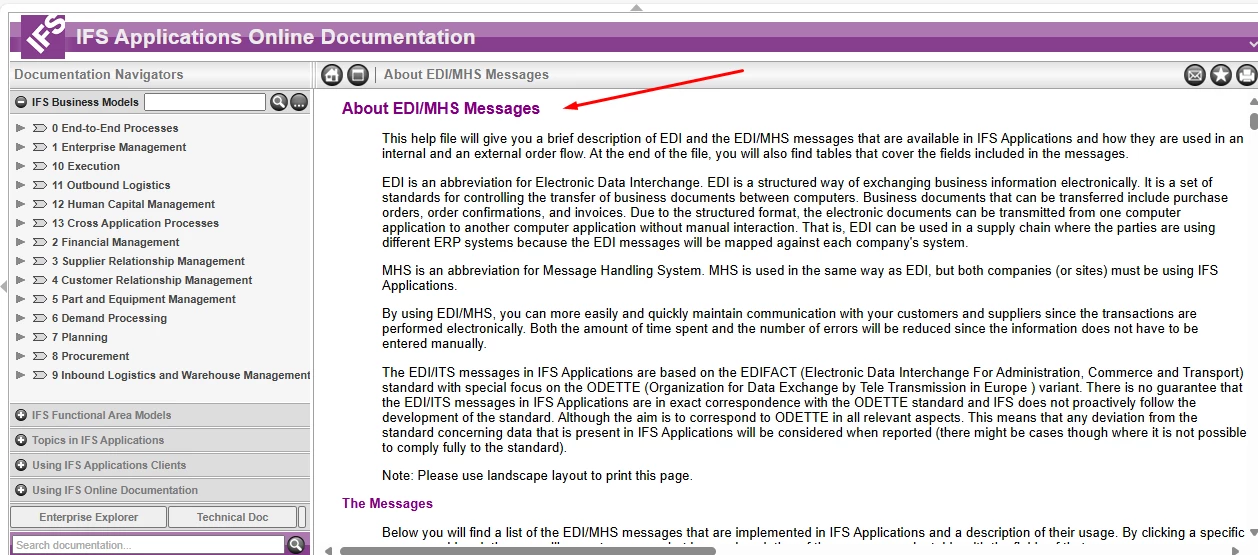hi,
In version 10 we have a ifs documentation related to ‘About EDI/MHS Messages’,
this one below:

I could not find this in Cloud.
can someone help me on it?
thanks,
Enter your E-mail address. We'll send you an e-mail with instructions to reset your password.